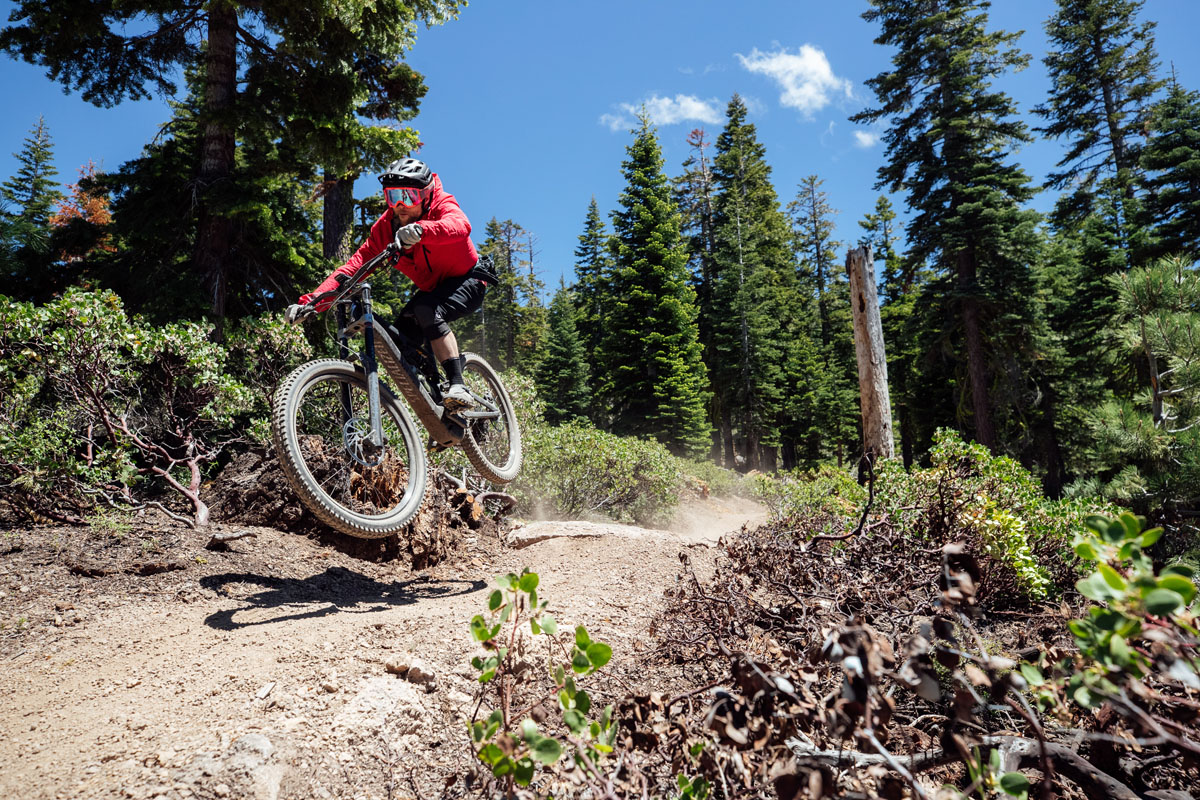After a few days of pure XC and then all out Enduro riding, Specialized had something different in mind for our final day in Tahoe. This would not only be the longest ride of the week, but it would have the most climbing – and it would all be done on an e-bike with a dual crown fork.
Since the early days of the e-bike, people have theorized that the e-bike could eventually replace the chairlift or shuttle. The new Turbo Kenevo is that bike. After the Levo got more capable, it left the Kenevo too close in abilities so Specialized went back to the drawing board to make the bike even more capable. That meant component changes like the obvious dual crown fork, but also changes in geometry and kinematics that let it charge through the gnarliest trails while still allowing you to pedal to the top.
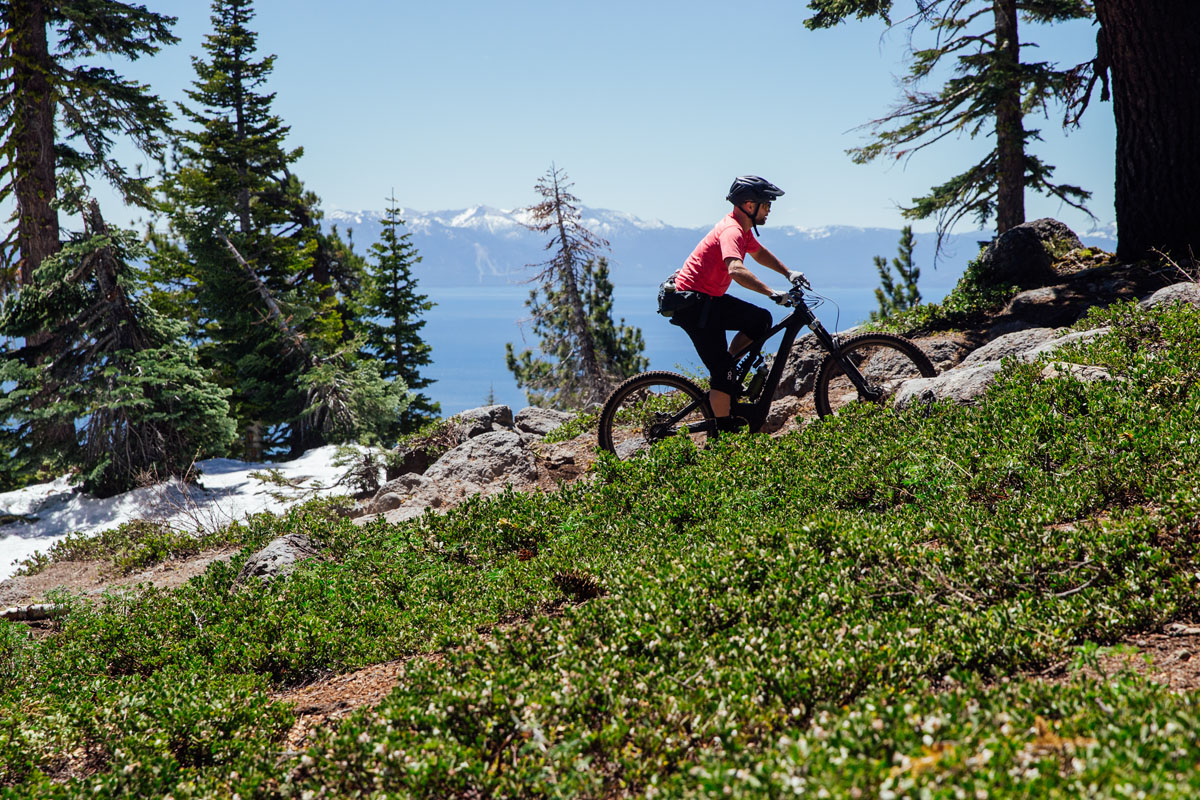
For such a long, slack bike, the Kenevo still climbs admirably well. Obviously, you have the benefit of a motor to assist you, which is a good thing since this bike weighs in at 54lbs. The pedal assist means that there’s no need for lockouts or any suspension trickery to make the bike efficient. Just mash the pedals and go. On this ride we ended up climbing about 5,000 feet at altitude, and covered almost 34 miles.
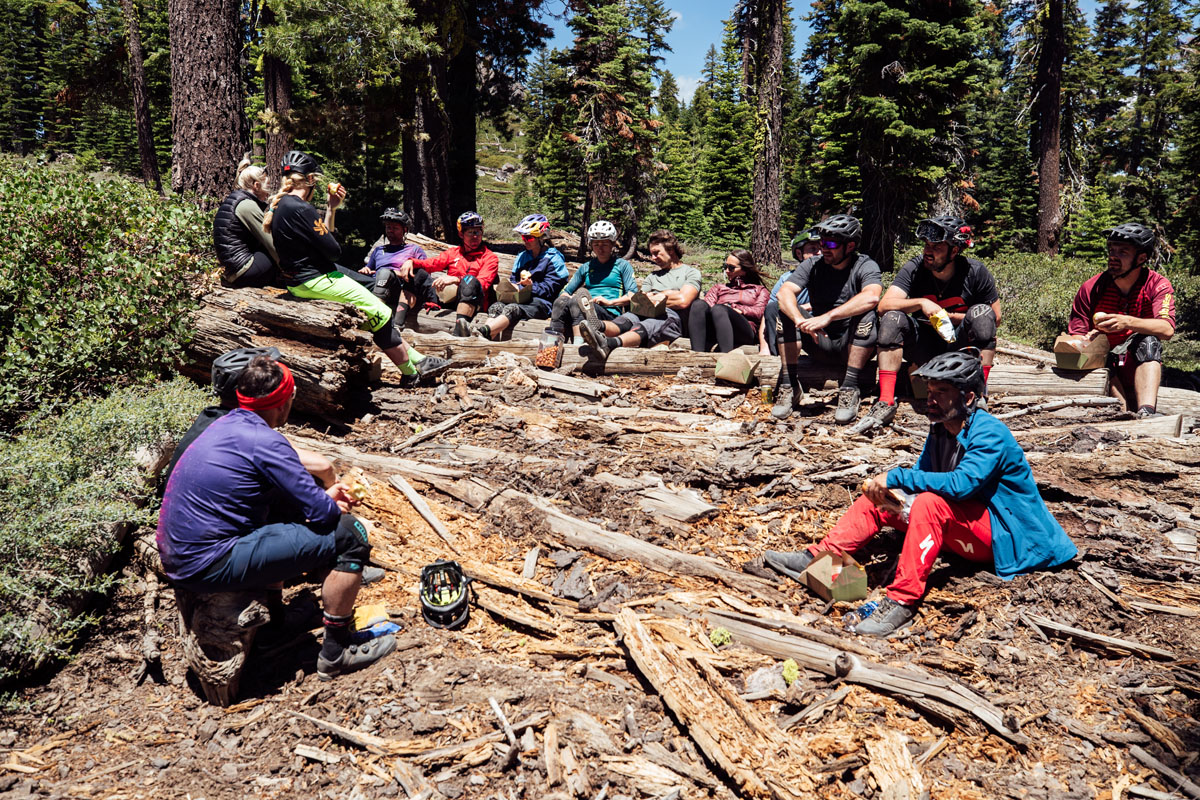
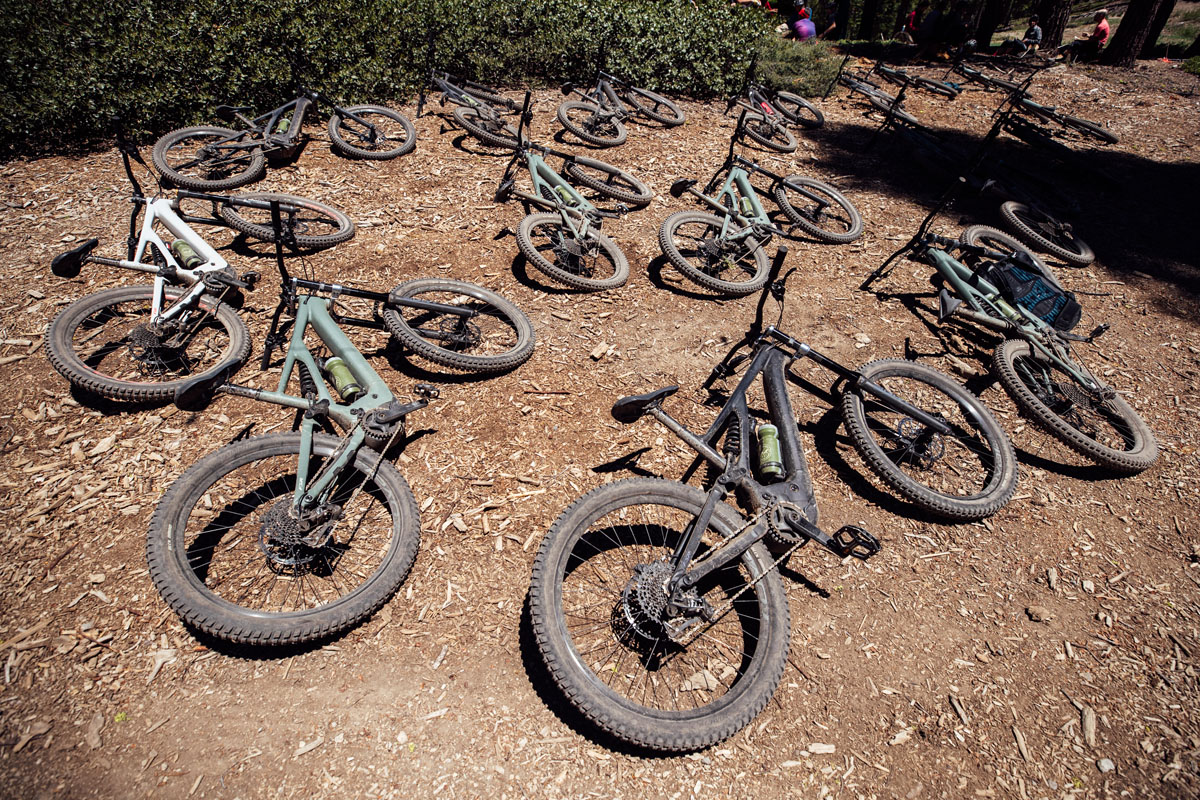
Technically, this ride could have been done on a single 700Wh battery as I had a little more than a half charge at the half way point where we stopped for lunch (using Turbo mode almost the whole ride to this point). Honestly though, I was having way too much fun riding in Turbo and Trail mode, so I accepted a fresh battery to finish the ride. Swapping the battery is extremely easy and can be done trailside with a single tool. So extended rides by yourself where you carry your own spare battery aren’t out of the question.

After pedaling for a while on fire roads, we eventually got to some of the gnarlier trails to really put the bike to the test. I rode fairly conservatively due to feeling like we were way out in the woods, but the Kenevo was still impressive on technical terrain.
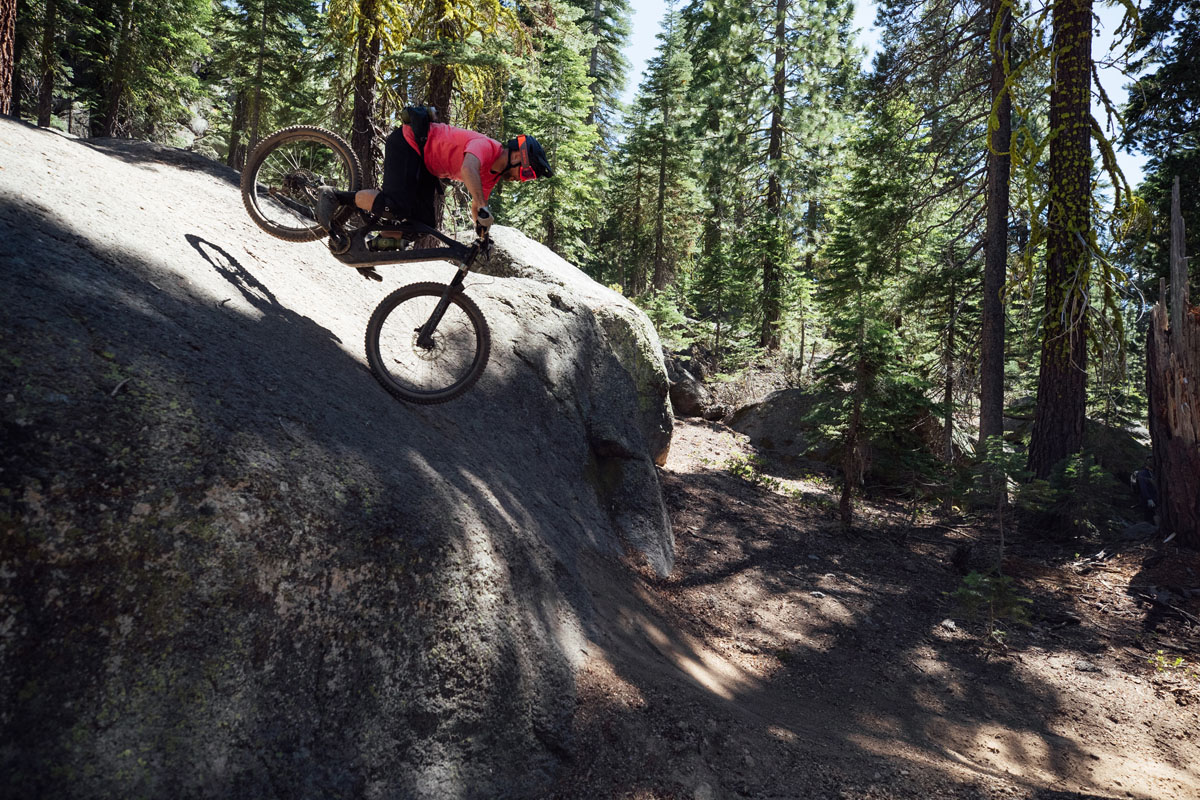
In spite of the added heft to the motor, the bike still felt very well balanced – enough that I was trying new things like the stoppie above.
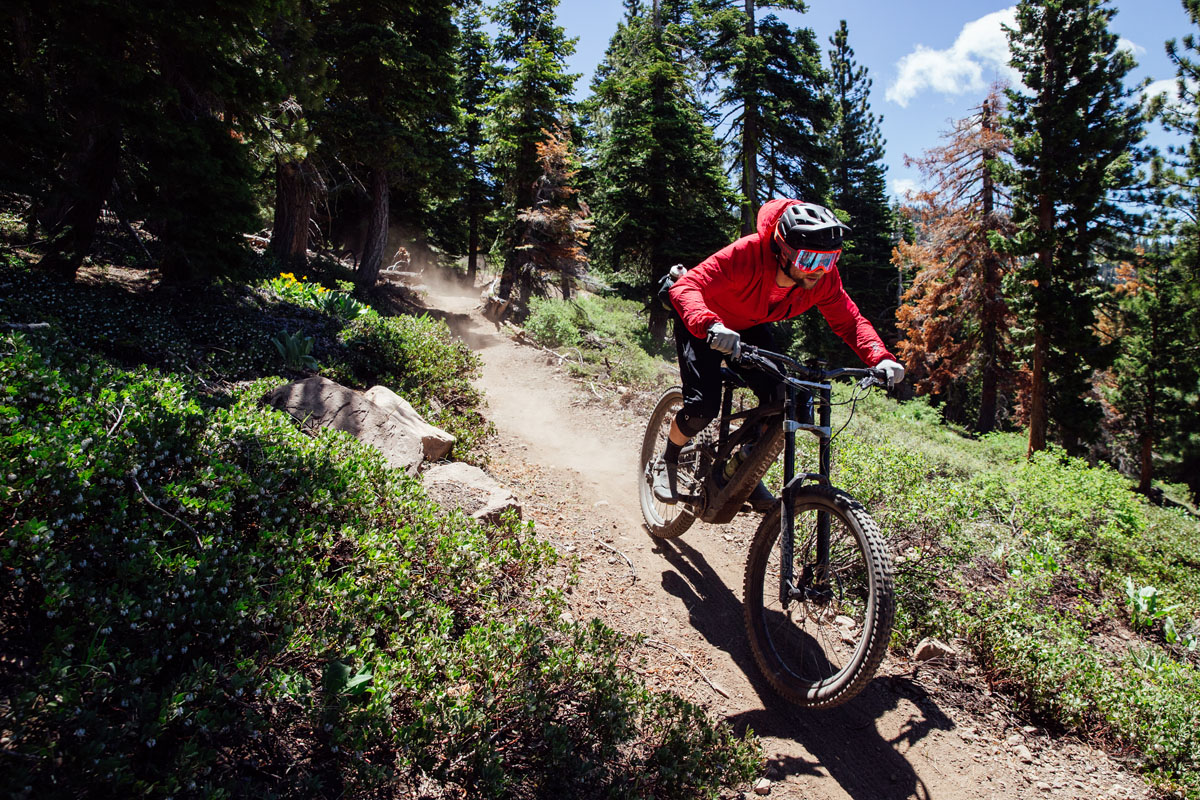
Fortunately, big brakes and big 27.5 x 2.6″ tires are included in the build since the Kenevo can get going pretty quick. At a certain point, the bike isn’t any faster than a standard DH bike since you can only pedal so much when going downhill, but it certainly pedals better at slower speeds.
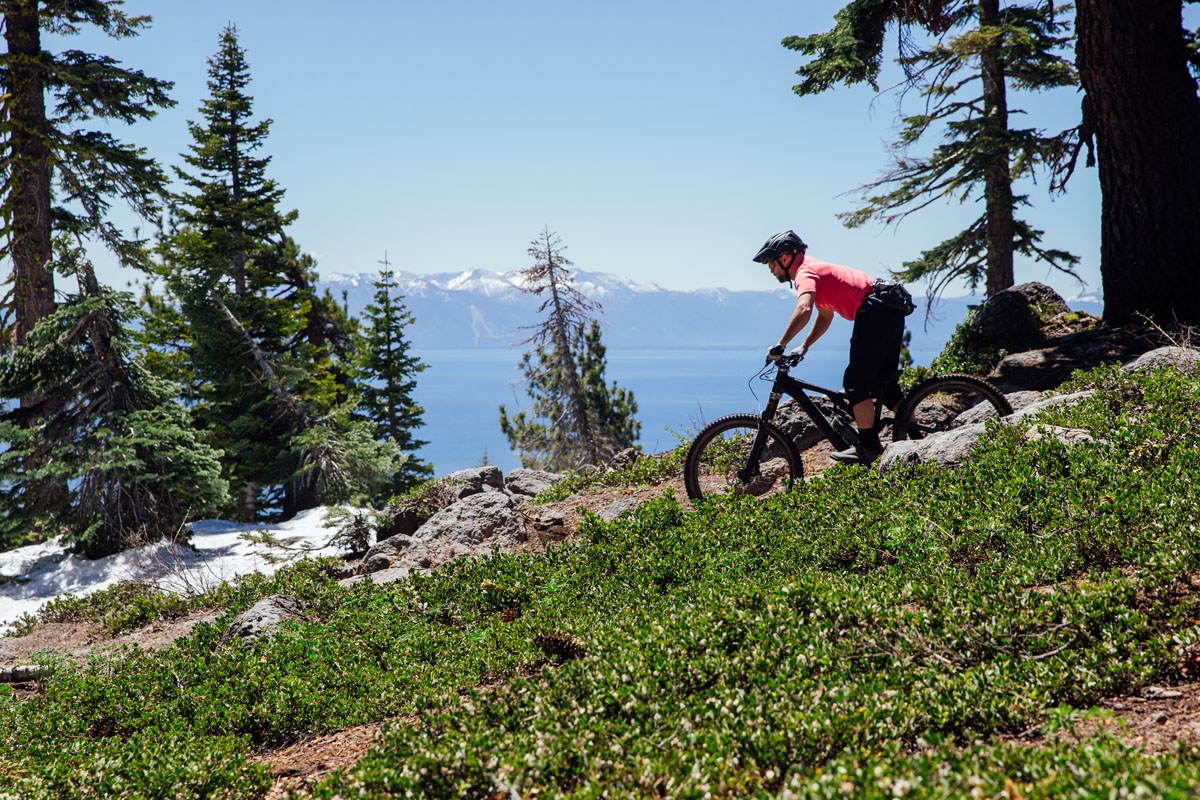
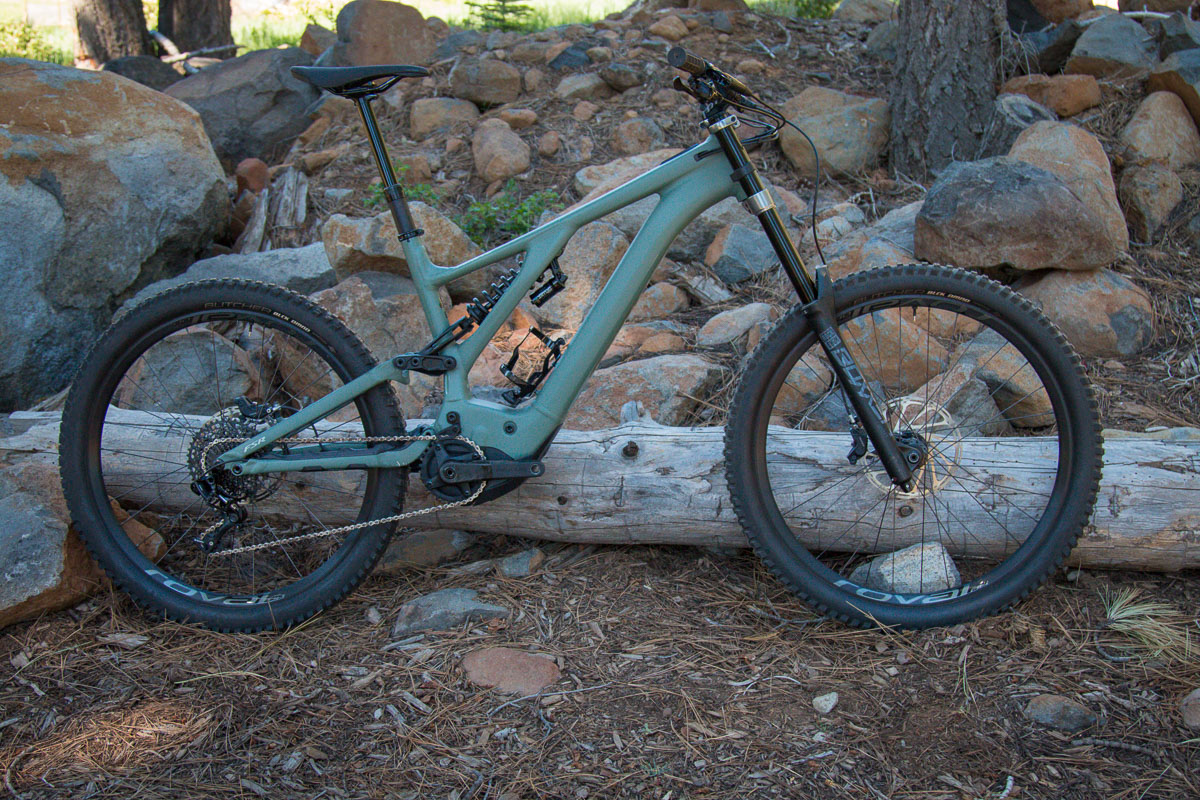
Takeaway
At the end of the day, I ended up having more fun on the Kenevo than I expected. Which is to say, I had a lot of fun on the bike since I figured it would be a good time from the get go. It was weird looking down and seeing a dual crown fork on a bike that was so eager to pedal, but it made for a plush ride that was extremely capable through rough trails. If the goal for Specialized was to set the Kenevo apart from the Levo and open up a new style of e-bike riding, they seem to have succeeded.
For more on the Turbo Kenevo including all the specs, check out our first post here.
